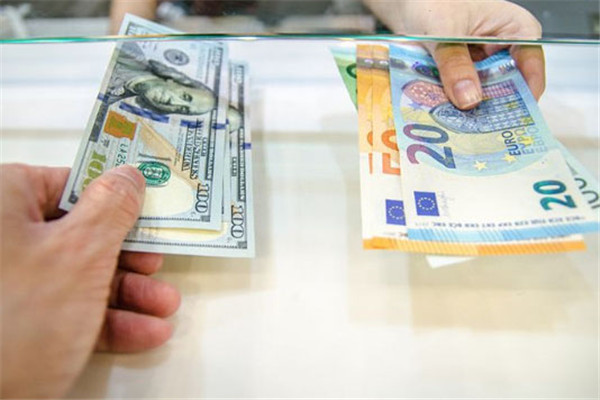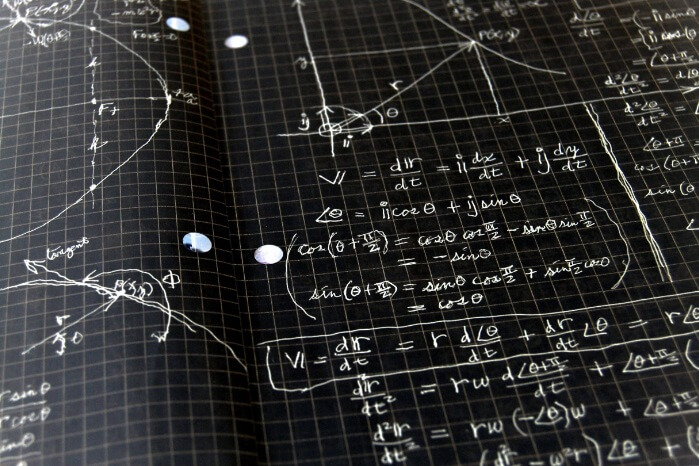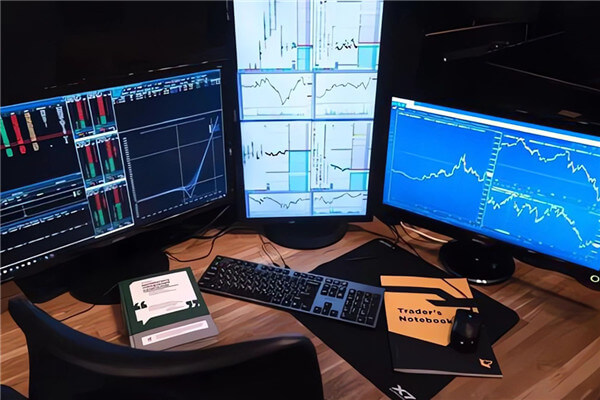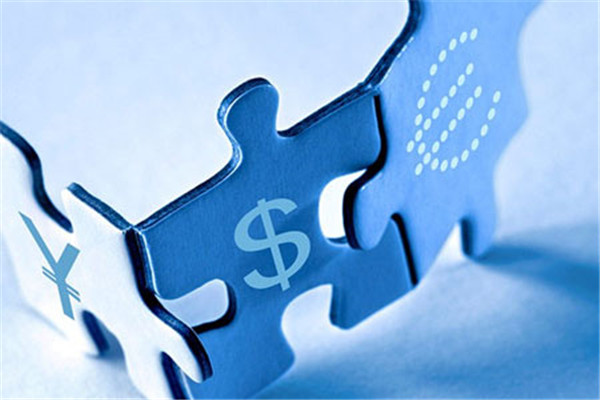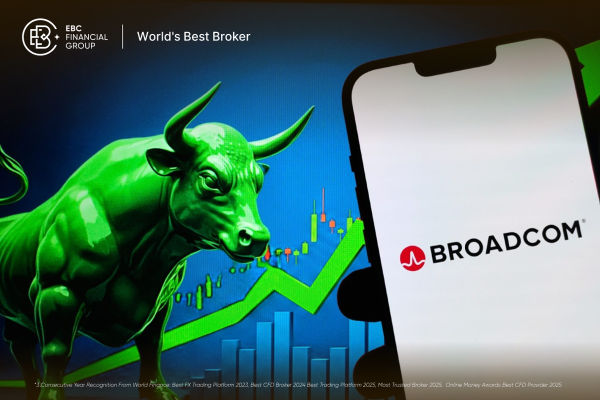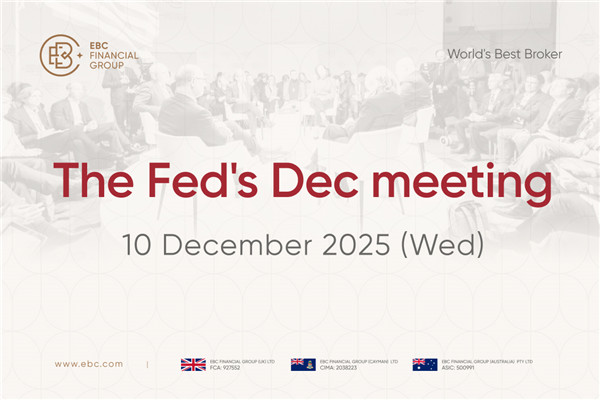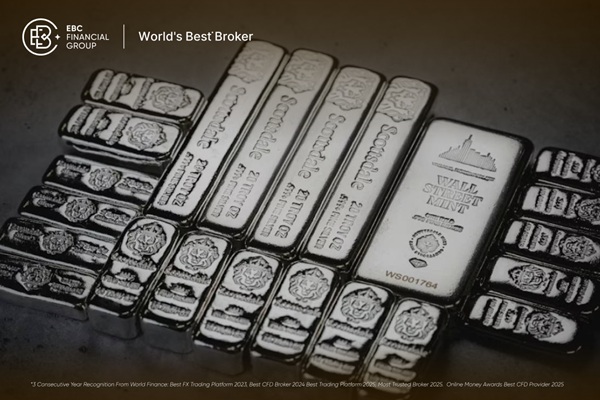If you want to understand the basic knowledge of foreign exchange quotations,
if you remember the following two points, reading foreign exchange quotations
will become very easy:
1. The former currency is the base currency.
2. The value of the base currency is always in units of 1.
As the protagonist of the foreign exchange market, the US dollar is often
used as the base currency in foreign exchange quotations. When the US dollar is
used as the base currency, you can imagine the foreign exchange quotation as how
much one US dollar is worth in another currency.
When the US dollar is the base currency, if the exchange rate rises, it means
that the US dollar appreciates and depreciates relative to another currency. The
increase in quotation indicates that the US dollar can now be exchanged for
another currency more easily than before.
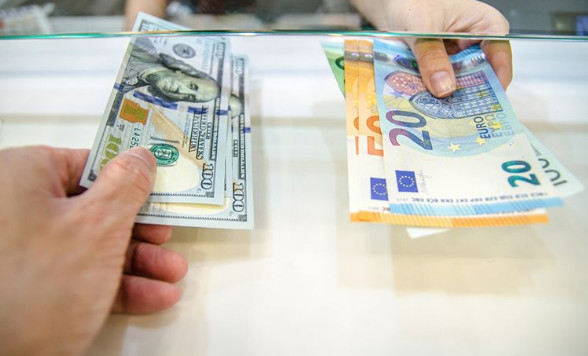
The base currency is not the primary currency of the US dollar
In addition to the US dollar, the base currency can also be GBP, AUD, or EUR.
When the US dollar is not used as the base currency, an increase in quotation
indicates a depreciation of the US dollar, and the amount of another currency
that the US dollar can now purchase is less than in the past.
In other words, an increase in currency quotation indicates the appreciation
of the base currency, while a decrease in currency quotation indicates the
depreciation of the base currency.
Cross-currency pair
If the currency pair does not include the US dollar, then the currency pair
belongs to a cross-currency pair.
Selling price, buying price, and point difference
Like other markets, foreign exchange quotations consist of bid and ask
prices. The difference between the buying price and the selling price is the
spread, and the dealers profit from the spread.
The bid is the price at which you sell the base currency.
The ask price is the price at which you purchase the base currency.
The price difference refers to the difference between the selling price and
the buying price, which is used as a transaction fee. In the foreign exchange
trading market, the spread is relatively low compared to other markets, making
it more cost-effective for transactions with smaller price fluctuations.
What is' point '?
Foreign exchange quotations often fluctuate and are measured in "points". One
point refers to the fourth digit after the Decimal separator, or 1% of
1/100.
The last digit of the exchange rate price is called a point, such as 0.01 in
USD/JPY 114.51 and 0.0001 in EUR/USD 1.2801, both of which are referred to as
points. This is the smallest basic unit of exchange rate fluctuations. The yen
is an exception to all major currencies. For the yen, the dot represents the
second place after the Decimal separator.
